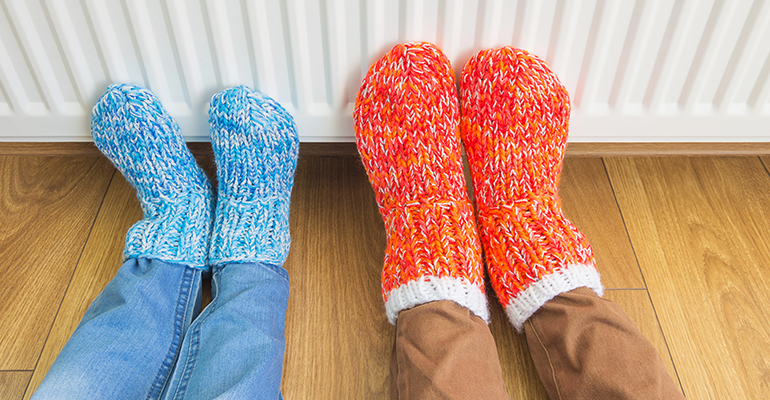
Test your knowledge of home energy consumption

At home, energy is so readily available that it seems inexhaustible. However, although the energy efficiency of appliances is steadily improving, we seem to be using more and more energy. Here’s a quiz that will test your knowledge of energy consumption and energy efficiency.
1. Which is the best type of glazing for your home’s windows?
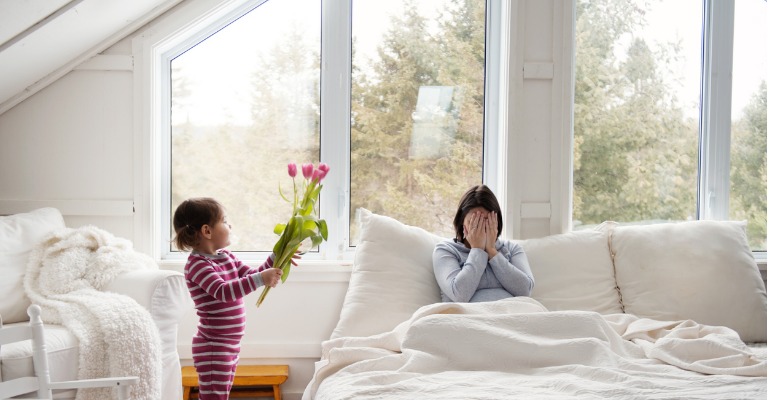
In terms of performance, double-glazed windows, which are filled with argon gas and covered with a low-emissivity (low-e) coating, offer the best value for money. Single glazing does not provide sufficient insulation, while triple glazing reduces brightness but is at least 15% more expensive. The inert gas between the panes acts as an insulator.According to the Écohabitation website, a low-emissivity (low-e) coating is a metal oxide layer that allows sunlight to pass through but prevents heat loss by radiation.
2. What drives up your home energy bill the most?
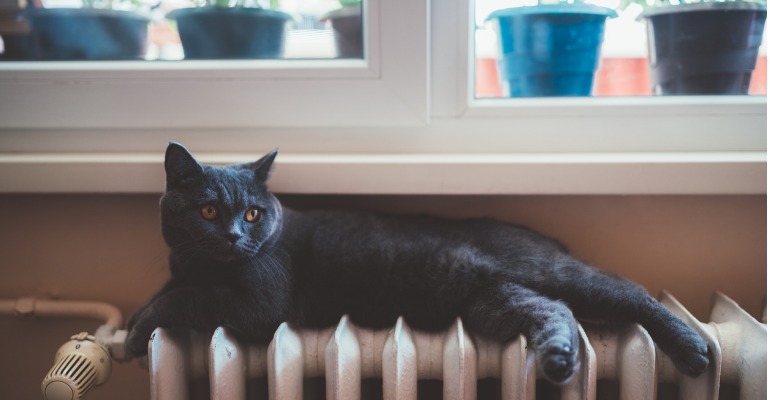
In Québec, heating and air conditioning are the biggest contributors to energy consumption (54% of the total ) because of the cold winters and summer heat waves. Whether you heat your home using baseboard heaters, a heat pump, a forced-air furnace or a central or wall-mounted air-conditioning unit, your consumption habits have a significant impact on your energy bill. There are a number of grants available to help you upgrade your heating system to a natural gas central heating and hot water system, and to purchase high-efficiency devices. These investments generate significant savings and provide added comfort when used properly.
3. What do you think are the most effective ways to reduce your hot water bill?
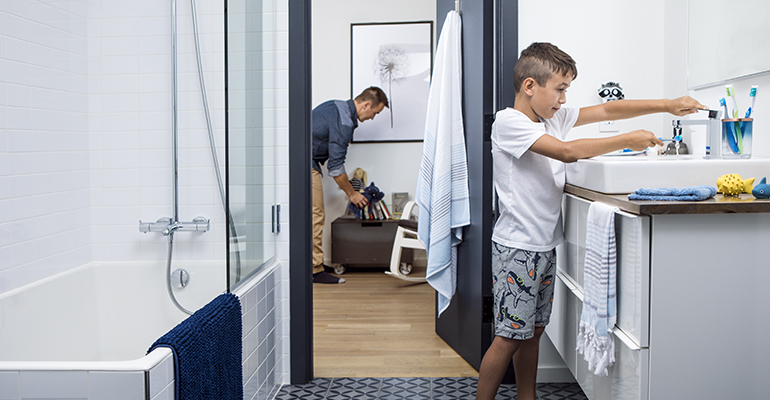
About 90% of the energy used by your washing machine goes towards heating the water. Most detergents clean just as well in cold water as hot. So this is an excellent way to save on a regular basis! Also, conventional faucets have a flow rate of 13 litres per minute (LPM). By installing aerators (or flow restrictors), you can reduce this rate to 5.7 LPM without losing anything. Showers account for 17% of a household’s hot water use. Low-flow showerheads (6.6 LPM compared with 9.5 LPM for a standard showerhead) can save up to 42,000 litres of water a year for a family of four and cut your energy bill by $100, without sacrificing comfort.
4. How much hot water can you save by taking a five-minute shower instead of a bath?

A bath uses about 150 litres of hot water, whereas a five-minute shower uses 75 litres or less. Opt for a low-flow showerhead (6.6 LPM) and you can cut your water use by another 50% and save even more!
5. If a leaky faucet is dripping at a rate of one drop per second, how much hot water will be lost?
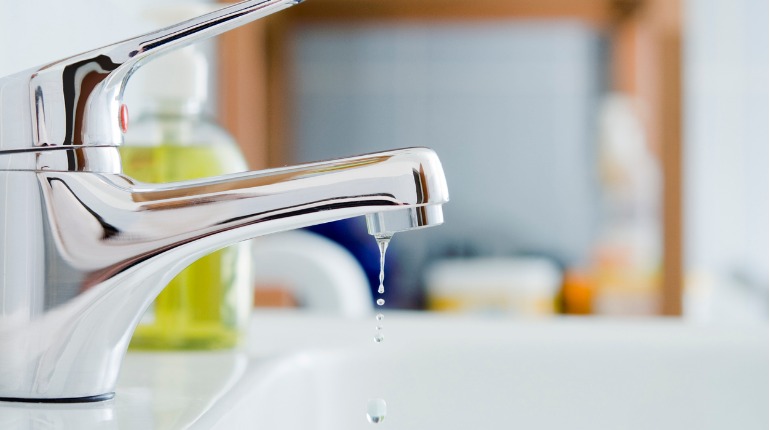
27 litres per day, it’s surprising how much water we can waste if we’re not careful! At a rate of one drop per second, you could fill the equivalent of a bathtub each week. Think about this the next time you see a faucet leaking, then do the right thing and turn it off or replace the joint!
6. Which of the following does NOT save energy at home?
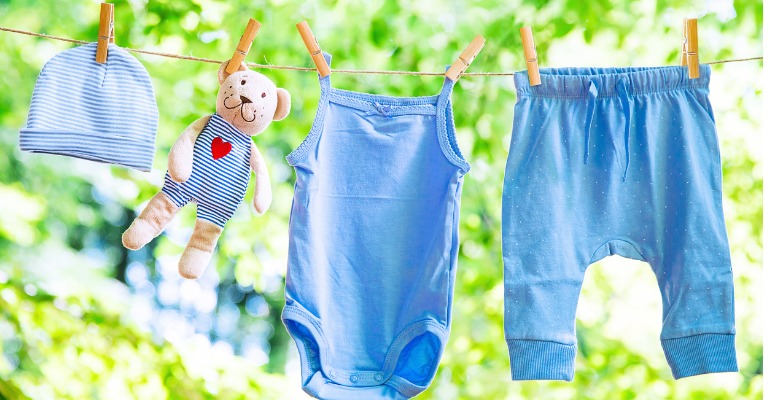
Good old-fashioned thermostats don’t help you save energy. Instead, install a programmable or smart thermostat. With a smart thermostat, you can save money because it automatically lowers the temperature that your heating equipment is set at and reduces the operation of cooling systems at night or when nobody is at home.Once the thermostat is installed, you need to set it to the appropriate temperature. By lowering the temperature from 24 °C to 21 °C, for instance, you’ll save 10% on your heating bill. And if you’d like to control the temperature remotely, choose a smart thermostat. It’ll make life even easier.
7. At what temperature should you set your thermostat during the day in winter to reduce your energy bill without sacrificing comfort?
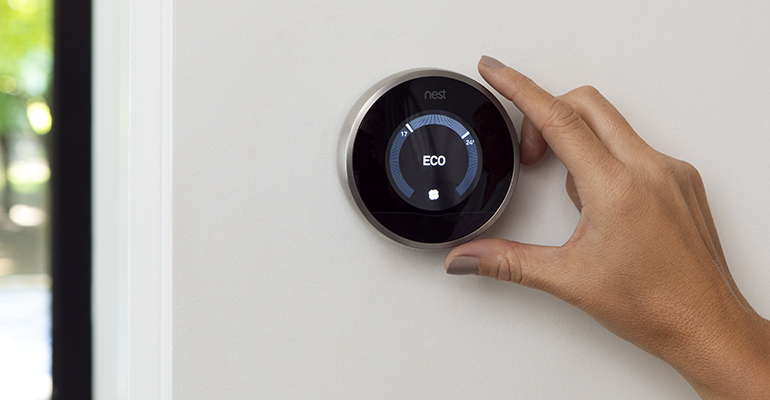
At 18°C to 21°C, occupied rooms will be warm enough to be comfortable. You should know that for every degree over 20°C, you increase your heating energy consumption by 2% to 5%. At night, program your thermostat to lower the temperature by 2°C to 4°C. If you’re away for an extended period of time, set your thermostat to about 15°C to save money and prevent your pipes from freezing. To optimize your energy savings, think about installing a smart thermostat in your home. Most thermostats of this type can "learn" and adjust to your habits. You just enter your data for a week and they program themselves automatically. For example, if you lower the temperature before going to bed and increase it when you get up in the morning, the thermostat takes note and programs itself accordingly. It can also detect when you leave the house and automatically lower the temperature. Some smart thermostats even have a programmable vacation mode!
8. True or false: The Internet of things, home automation and smart homes are fanciful things and don’t change how we use energy at all.
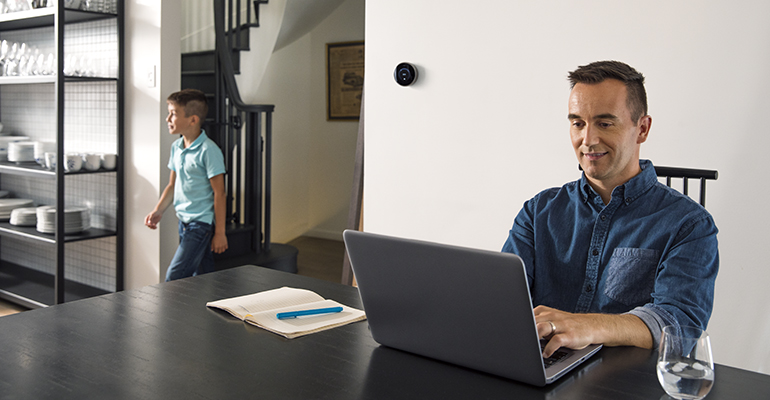
False. Today, there are over 8.3 billion smart products in homes—and the numbers continue to grow! What’s their purpose? They make life easier because you can control heat remotely, set the alarm system or switch on the lights with your smartphone, turn on the pressure cooker, do the vacuuming without lifting a finger or start the washing machine. As well as improving our daily activities, they save energy, time and money. But all of these products need energy to work. And this increases our overall consumption.
Just tell us who you are to view your results !
Show my results >>
Please share this quiz to view your results .
FacebookWould you like to learn more about this fascinating subject? Here are four must-read articles:
- Web 3.0: Smart home automation
- Hello pool automation, goodbye chores!
- Comfort and technology: Discover the benefits of a smart home
- Security automation: Keeping your home safe and sound
Would you like to find out what kind of socially responsible consumer you are? Take the quiz!
You may also like...





